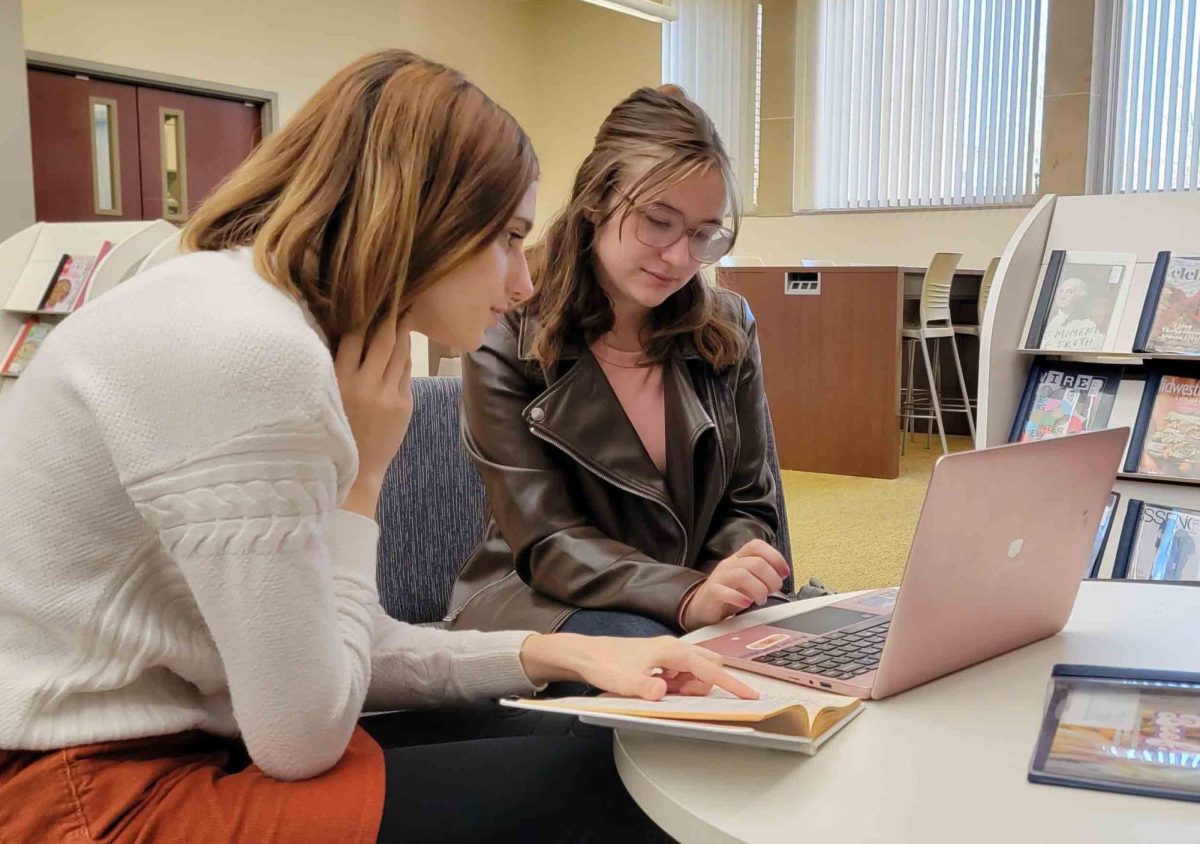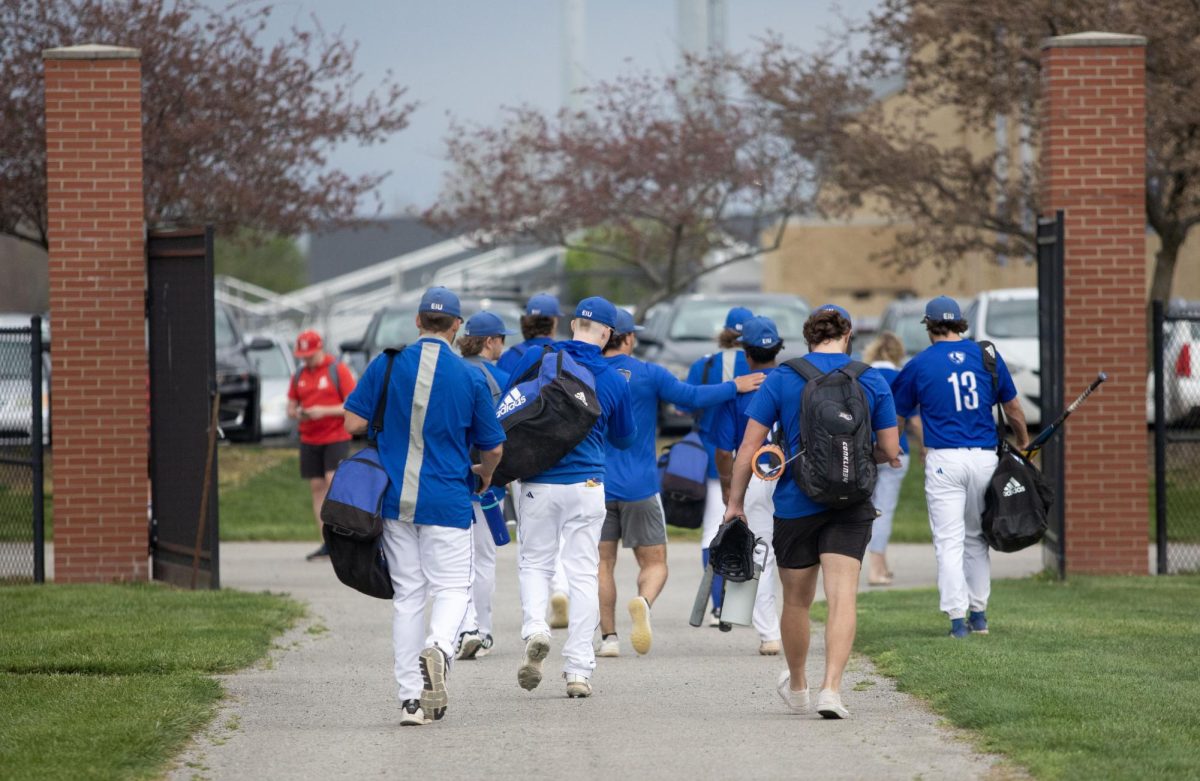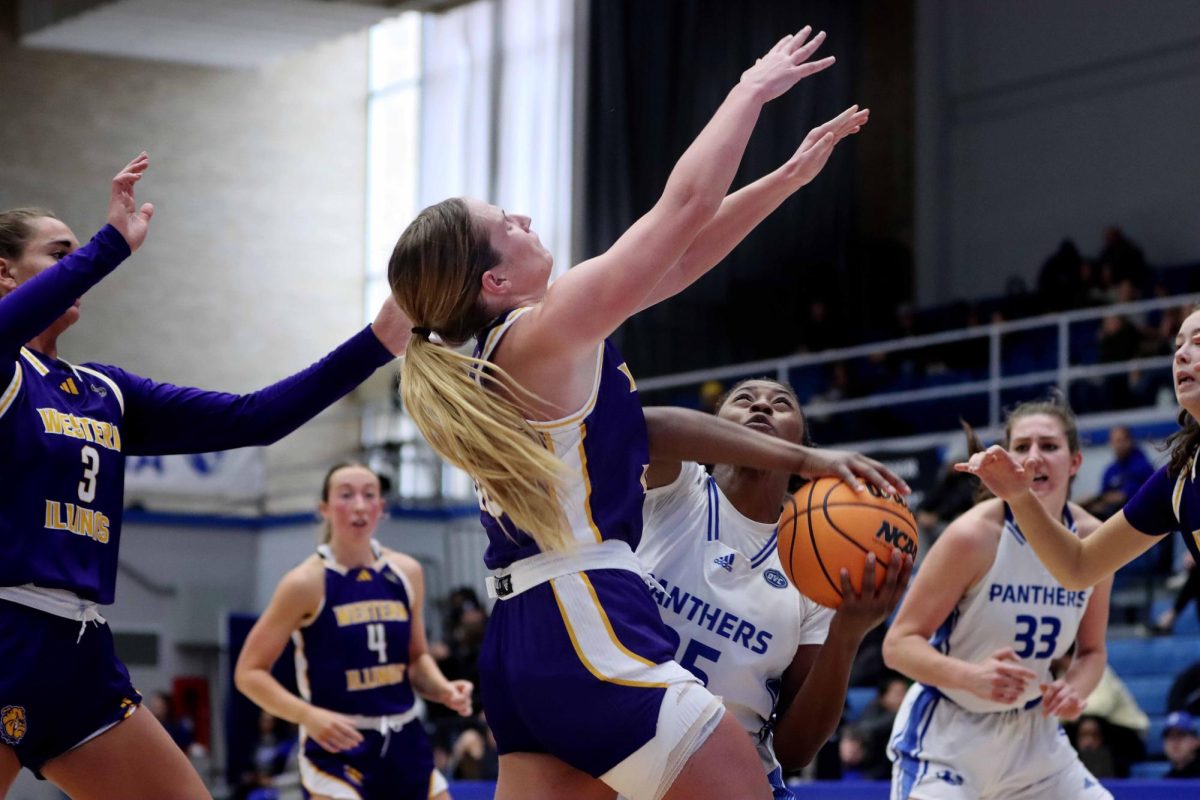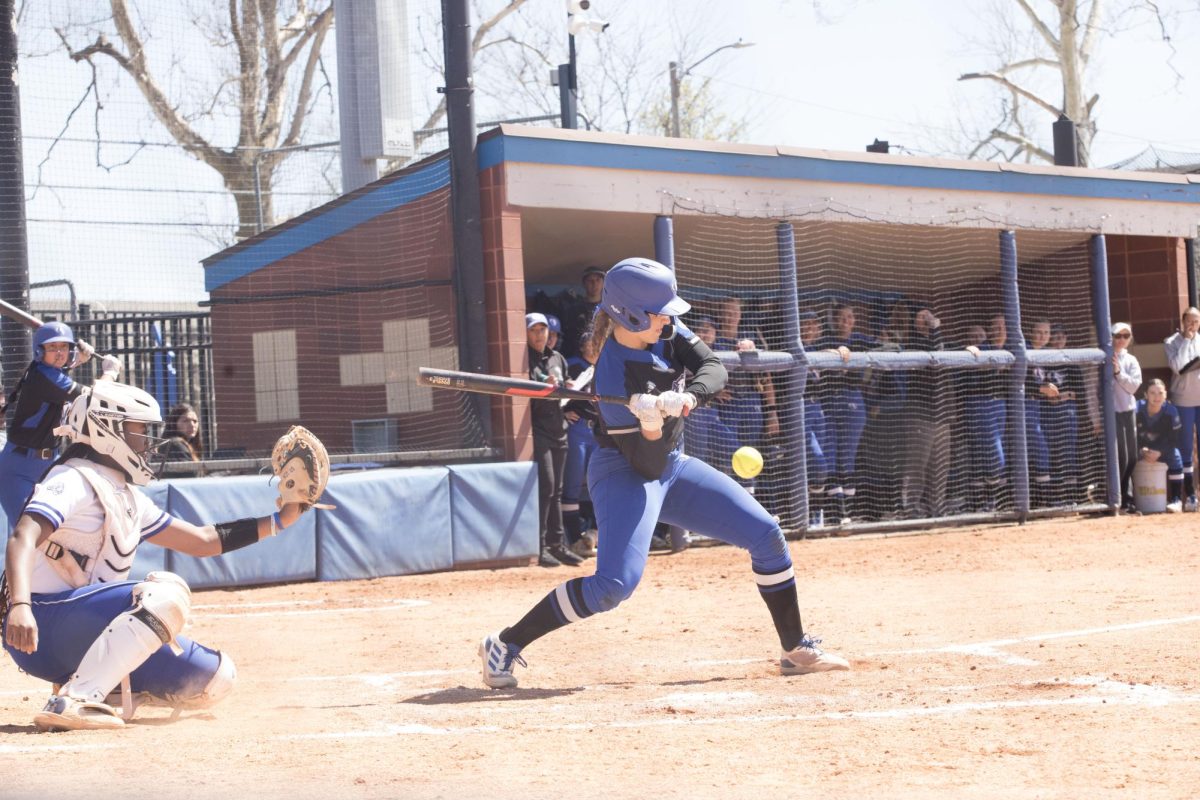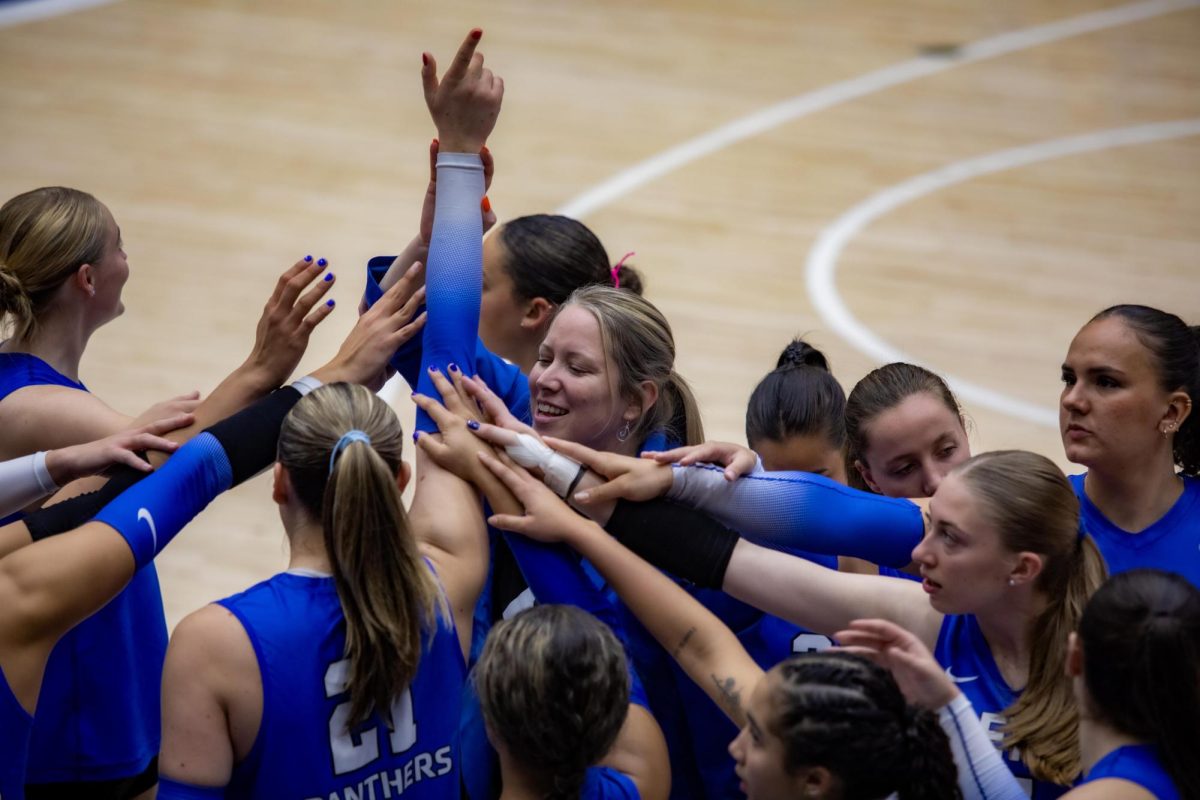Meth: visiting the convict
Editor’s note: This is part two of a three-part series on the danger of methamphetamines and its effects on families.
Usually happy and talkative, she is quietly walking through the cool wind and thick mist. She opens the door and takes a few steps through the metal detector as the guard watches from behind the counter. Once through, she is handed a clipboard.
Name: Linda Gannaway
Relation to inmate: Mother
License plate number: Model and Year
Inmate: Pamela Williamson
Inmate number
She returns it, along with her driver’s license.
After clicking away on a computer for a few moments, the female guard leads Linda, 62, into a small room and mechanically asks: “Please take off your shoes and coat, and empty your pockets.”
The guard quickly pats her down beginning at her neck and shoulders and works her way down Linda’s outstretched arms, sides and legs – inside and out. Once she steps into her shoes and slips on her coat, she is led through another door. After some loud clicking and buzzing, it opens.
Every month this reminds Linda of the serious problems methamphetamine causes. The highly addictive substance forced its way into her family; now, they are trying to live in its aftermath. Today, it is about Pam, her story, her coping.
The female guard, with her stylish and short, dark brown hair, stamps Linda’s right hand with a clear solution and waves at another guard who buzzes them through another door. It opens revealing the wet, dreary night she had escaped shortly before. Walking through an opening in one fence and then another, they reach the final door.
Before they can enter, the guard radios inside.
Krrssht.
Through the sliver of a window a male guard peers out, radios back and opens the heavy door. He rests high above on a platform that watches over the visiting area. He glances over Linda, asks who she is visiting then motions her to the table directly in front of him. Other people are sitting at tables and visiting their mothers, sisters, wives, cousins, children.
Linda waits for her turn.
Linda’s daughter, Pam Williamson, was “hellbent for destruction,” she said. And after being convicted of both possessing and manufacturing a controlled substance, crystal meth, she spends her days with about 900 women at the Lincoln Correctional Center in Lincoln, north of Springfield.
Pam’s two sons, Brian and Derrick, live in foster care and her husband is finishing his prison sentence in Vandalia.
Linda tries to hold the crumbling family together.
Pam, 44, is escorted into the room by a guard, but her wrists are not handcuffed. Her red-brown hair, wavy and feathered, rests on her shoulders and down her back. She is wearing a white, button-up shirt, navy blue pants and white tennis shoes. She does not worry about what to wear tomorrow because her wardrobe is the same every day. Her outfit is sometimes accented with a gold chain around her neck that dangles a cross. A simple wedding band shimmers on her left hand. On this cold, misty night she adds a burgundy jacket that swishes when she walks.
Tonight is different than most other nights because Pam sits in the chair across from her mother during one of her monthly visits. Linda usually spends the entire visitor’s day at the facility, 8 a.m. to 8 p.m., but lately she doesn’t have the time.
The table wobbles and has several wads of paper stuffed under the legs – an attempt to hold it steady, much like the two women now smiling at each other trying to salvage the time they have together.
“I got myself here,” Pam says, a little frustrated, looking around the visitor’s area of the level 5, high-minimum security women’s facility. “I can blame the witnesses. I can blame the judge. But I shouldn’t have been affiliated with the people I was affiliated with.”
As Pam speaks, Linda’s eyes glaze over.
She does not utter a word. Later, she will mention the denial of her daughter and the truth behind her silence.
Pam was arrested for 600 grams of liquid, which authorities considered a $60,000 value, even though processing the chemicals would yield 15 grams of finished product, a street value of $1,500. This is the basis for her appeal, which has been denied before.
If the appeal goes through, it would mean the difference between 15 years and five to seven years in prison. Pam has already been in for about two and a half years, entering the correctional facility on June 24, 2004, and does not expect to be released until August 2011.
Meth was not Pam’s drug of choice. She tried it when she was in high school but didn’t like it. For the last year and a half before her incarceration, she and her husband were “recreational users,” only catching a “speed buzz” on weekends.
Pam thought that of any drug she would go to prison for cocaine, which she had used for 15 years prior to her incarceration.
A few weeks prior to this visit Linda said, “I knew they had been doing cocaine.”
Hearing her daughter say it shocks Linda.
Linda uncomfortably pushes back the plastic chair and excuses herself to the restroom. Pam finally allows her emotions show, crying for a brief moment.
“You get to a point where you feel useless.”
Then, she covers it up with a laugh and a smile, complaining that her mascara is not waterproof.
Linda returns. Although convicted, Pam explains that she never manufactured meth, but had seen it done. She says too many things can go wrong making it. She says she was convicted on hearsay and no fingerprints, so the judicial system could make an example of her.
Linda stares blankly as Pam speaks, almost in disbelief.
Pam is attempting to pull her life back on track. While in the Lincoln facility, she has graduated from Richland Community College with a Commercial Custodial Certificate and attends drug counseling.
She vows never to use any drugs or step into a bar when she is released. Her biggest worry is her children and keeping them in her life.
Linda’s greatest concern is for the safety and well-being of her grandsons, what she wished for Pam. Although this was not her original plan for her daughter, now it will have to do.
As Linda leaves, she hugs and kisses Pam. She files out with the rest of the family members and strikes up a conversation with an elderly woman about how difficult the drive can be and that giving their girls the needed support outweighs the travel.
The fences, the clicking, the heavy metal doors, the female guards are all still the same, but now there is one difference: a black light shines over Linda’s right hand revealing a glowing star from the invisible stamp she received earlier.
One last step through the metal detector and she exits the building.
She walks across the rocky parking lot back to her lonely black car as she pulls her coat up tighter around her face. She grumbles a little, wondering why Pam cannot admit she had done something wrong – not only been around people who had done wrong, but actually done something wrong.
She was convicted for a reason, not because the world was out to get her.
Linda tries not to let her frustration show in her visits, but the walk to her car and the first moments of the ride home are dedicated to the release of her discontent. She receives a phone call from one of her grandsons and she moves on. The drive is like any other drive home; the night is now any other night.

